To hem, A hem
To hem a fabric is to turn an edge under – called a hem – and sew with stitches as invisible as possible from the front of the fabric. It keeps the fabric from fraying and must be invisible.
To hem a fabric is to turn an edge under – called a hem – and sew with stitches as invisible as possible from the front of the fabric. It keeps the fabric from fraying and must be invisible.
Though it was traditionally made from silk, organza today is synthetic. It is very thin, shiny and rigid.
This is the most common procedure to print on flat cardboard. It is an indirect priting method that uses metal plates produced phtographically from negatives. These plates are inked and the images are transferred to a rubber cylinder (blanket) and then to the printing surface (paper.)
It may be made of metal or plastic and is often ring-shaped. It is placed in a hole through another material. The rivet is used to reinforce the hole or to allow a cord, lace, ribbon, etc. to go through it.
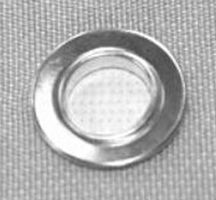
A systematic arrangement of colors or papers ( or cardboards) to choose a tint or a paper (or cardboard) quality; Pantone® color chart for example.
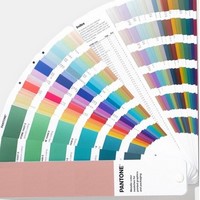
Non-woven fabric is obtained by mechanical, chemical or thermal bonding of textile fibers deposited in a random manner. One of the most common fabrication modes is the compression of fibers with a bonding agent.
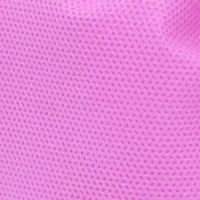
It is a light and transparent fabric made from carded cotton threads.
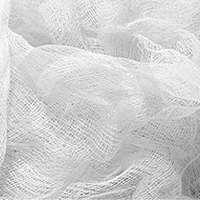
– see Poses – Reproduction of many identical formats on a same fabric surface delineated by its length and width.
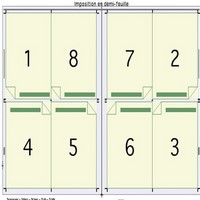
Thick cotton or polyester padding used for armchairs and to line comforters, curtains, etc.
Blurring of a reproduced image by creating geometric motifs due to different warp/weft or weaving axis orientation.